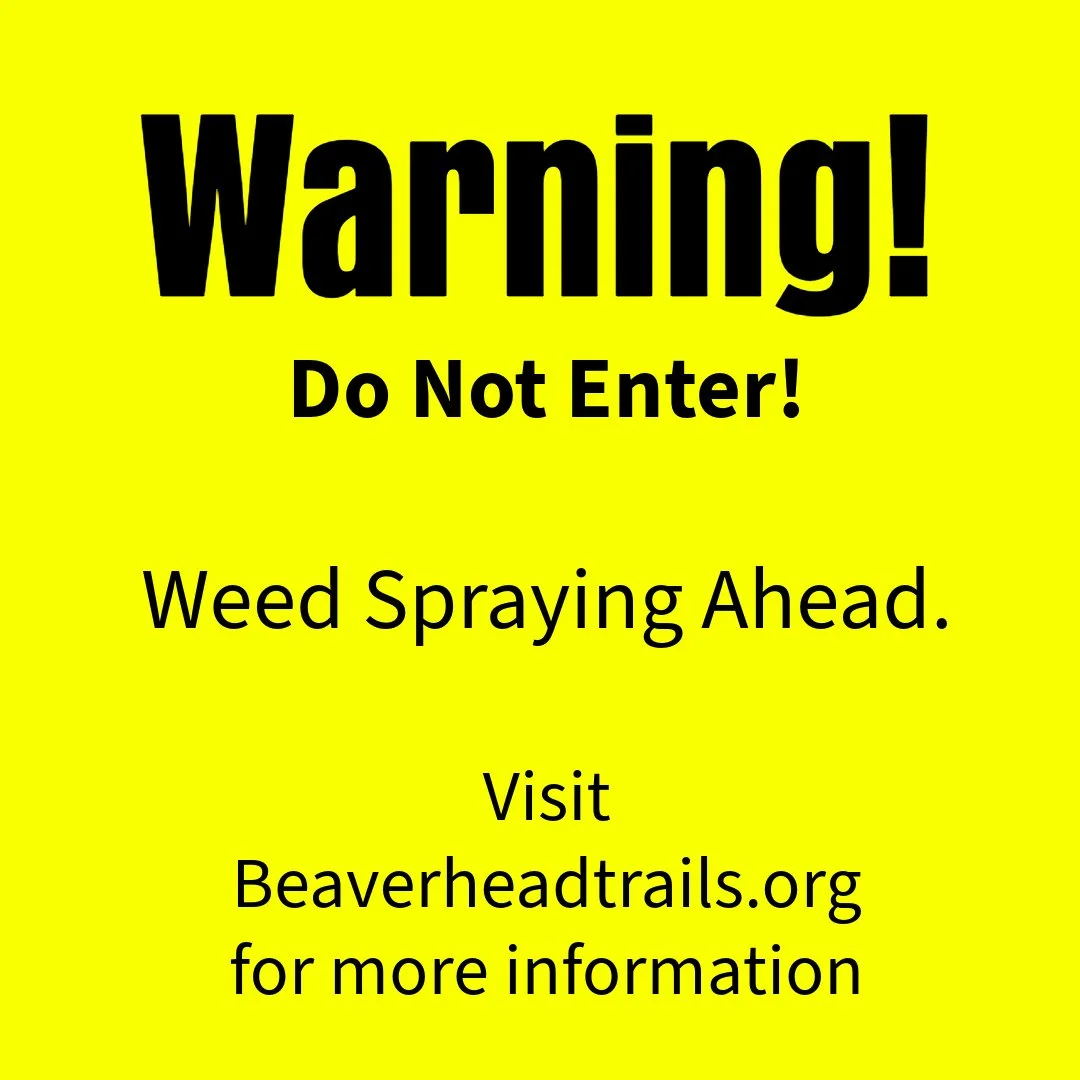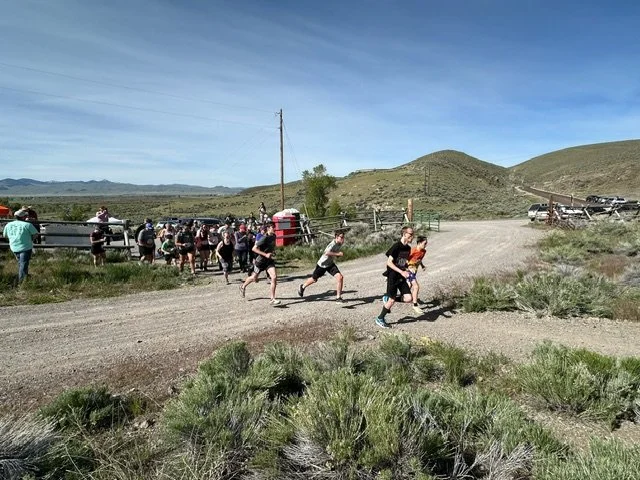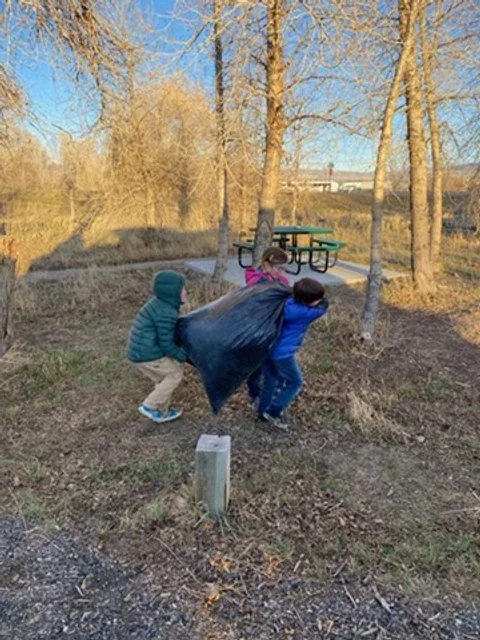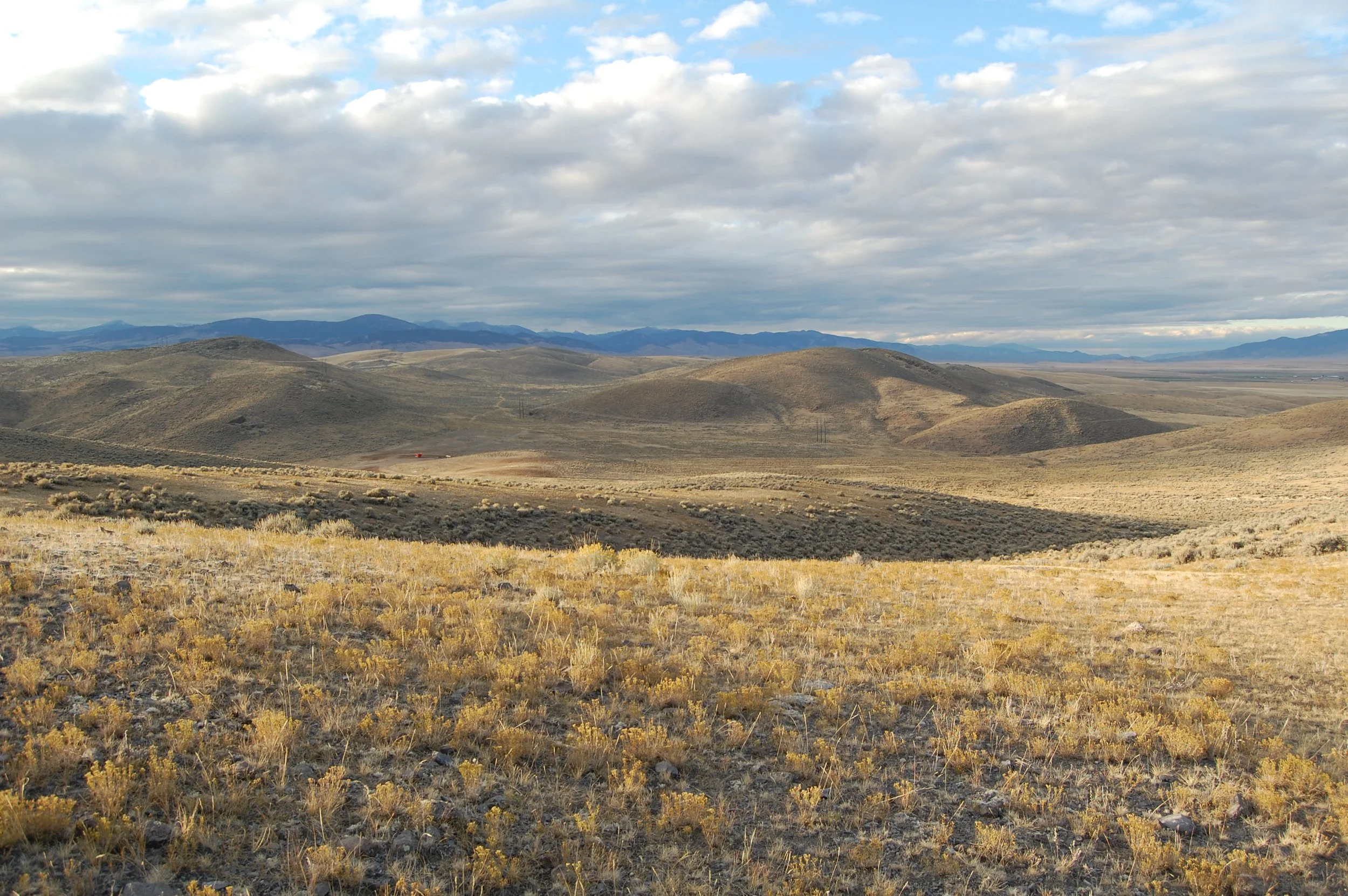For some of us, the backcountry joyfully balances our lives in the front country: town or suburb or city. In our wired world, time in the woods well away from trailheads affords us an older, deeper mode of connectivity, of communion with the natural world. Though many are drawn to malls, for others, time at mountain lakes or on peaks above treeline re-charges our soul’s batteries as does nothing else. Hiking represents an ancient addiction. I knew by junior high school that I preferred hiking to any organized sport, and I don’t plan to stop until my body forces me to.
If you’re a novice who wants to spend more time hiking or backpacking and managed to avoid Boy or Girl Scouts, there are plenty of tip sheets online to help educate you. What follows is by no means exhaustive and only represents some tried and true nuggets of advice.
Be smart about maps, whether you have topo maps downloaded on your smart phone or physical, 7.5 series USGS quad maps. Study in advance where you want to walk. Discover who might know that particular hike or terrain and talk with them. Over the decades I’ve spent many joyful hours walking cross country with the right area quad maps and an altimeter, but I don’t recommend hiking cross-country until you’ve built up seasons of experience and confidence.
Don’t count on iphone service or coverage anywhere in backcountry. That’s the point, to be offline. That also means you must be prudent and not put yourself at physical risk beyond what you know your body is capable of. Because you can’t count on search and rescue being able to reach your hurt friend or yourself quickly. It could be many hours or the next morning. You’ve read those stories.
I didn’t use adjustable trekking poles when I was young but have come to regard them as essential. Depending on what you’re willing to spend, you can have very strong, very lightweight poles. These represent two additional balance points and sure help, for example, with stream crossings.
Be savvy about the risk-taking because that’s also part of the joy of getting away in backcountry. It’s fun to stretch yourself—but keep your risks modest. That is to say, know your limits and don’t stray much beyond them, at least until you’ve got years under your belt.
Until you’ve built up endurance, be modest about your goals. Don’t try to hike a dozen miles/day in your first season (unless you’ve a very high fitness level). Much of the pleasure of hiking comes from learning to strike and sustain a good pace. It’s sure not the same as walking on sidewalks. You want to keep your breathing steady however steep the section and learn not to stop every hundred meters (unless, of course, you’re studying plants or trees). Pacing is crucial. You must remember as well that, whatever your destination when day hiking, the lake or summit is the halfway point. If you tire too much you must be willing to stop short of your goal and enjoy exactly where you are before your return.
Unless you’re botanizing or have other reasons for frequent stops, learn to parcel rest stops so that you walk, say, an hour before sitting and pausing. Frequent rest stops retard your hiking rhythm let alone the lake or peak you’re trying to reach. Don’t rush up trails then stop to slow your breathing every quarter mile.
When backpacking, low mileage per day makes sense until your back and legs have built up more endurance. Depending on the up and down, 5-6 miles rather than 12-15 might be plenty to travel. Unless you’ve got horses or llamas, stick with freeze-dried foods rather than the weight of fresh foodstuffs. The dehydrated stuff seems to get better every few years. And when you’re backpacking or even day hiking, your appetite increases with the slope. Or even without anything steep. Pack accordingly.
While I’ve day hiked alone, until you’re seasoned I don’t recommend solo travel. For safety reasons it’s much better to enjoy the company of a friend or two. I prefer very small groups for many reasons. When you’re hiking with more than 4-6, logistics and timing and pacing all grow much more complicated.
Even if you’re day hiking rather than backpacking, you want certain “essentials” in your pack beyond mosquito repellent or sun block: extra clothes for layering, a wool cap, a pair of extra socks, some moleskin (in case your feet develop hot spots, let alone blisters), lightweight rain gear, extra water or other fluids, extra snacks beyond whatever food you plan to eat. And depending upon how much weight you’re willing to carry, bring at least a minimal First Aid kit, a knife, a whistle or some kind of noisemaker, and some kind of small flashlight (or make sure your phone’s flashlight works well).
If you’re traveling in areas known as bear country (e.g. some parts of the Bob or northwest Montana, or anywhere in Glacier NP), make sure you carry a pepper spray canister on your waist belt, easy to pull out and deploy if necessary. It’s also a good idea to carry bear bells and sing when in bear country.
Particularly if you’re day hiking, you want to strike a balance in your rucksack between carrying too little and carrying too much weight. You want to include the majority of the above, yet your rucksack should weigh less than 15 lbs—maybe much less. If your pocketbook can afford it, there’s all kinds of super light weight gear out there now. In a town like Dillon, MT with its Patagonia outlet, there’s no reason not to be outfitted with their state-of-the-art synthetics—which you’ve bought during the 40 percent off sales or found, more discounted, in the irregular or “reject” racks.
I’ve lived in southwest Montana over thirty years and have spent lots of time in its mountain ranges. After all the Beaverhead-Deer Lodge National Forest, Montana’s first combined forest, remains its largest at over 3,300,000 acres. Additionally, I’ve climbed in the Beartooths and backpacked in other ranges: the Crazies, the Madison range, the Gravellys and Snowcrest, the Bitterroot, the Whitefish range, Glacier, the Yaak country, the Bob, the Front. No area is exactly the same and each provides similar but dissimilar opportunities and challenges. These places have given me some of the best days of my life. The more you hike and camp, the more you define what safety means for just you (and perhaps the friend with you). It’s an old truism that we learn from mistakes. In the backcountry you want the mistakes to be small, minor, never otherwise.
So get out there and enjoy Montana’s greatest legacy: its public lands.













